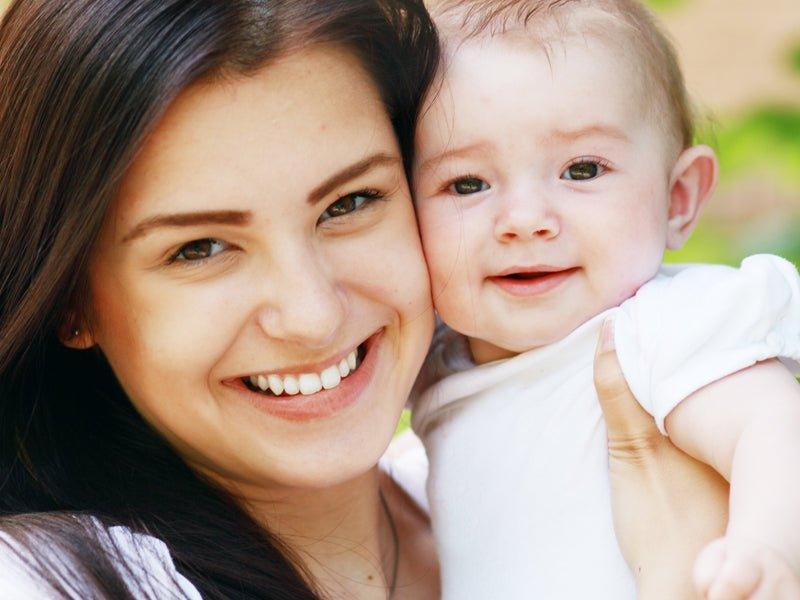In a very funny episode of ‘Mad about you’ – a 90’s sitcom, Paul and Jamie have a ‘conversation’ about the merits of letting their baby, Mabel, cry it out. It is the funniest clip but all too real. When we are sleep deprived and at the end of our tether, we will try anything (well almost) to get a good night’s sleep. But the controversy around controlled crying can be overwhelming.
Controlled crying entails leaving a young baby or toddler to cry until it falls asleep in an attempt to ‘extinguish’ night wakings. Those pro controlled crying say it is short lived pain for long term gain and that babies learn very quickly to settle themselves. Those on the other extreme talk about long term emotional damage as the baby enters a despair state and stops crying out of hopelessness. To say the least both are confusing messages, especially for a sleep deprived adult who is clutching at straws.
There are three different levels of Sleep Training:
- Controlled crying (The Ferber Method) involves leaving your baby to cry for incrementally longer periods each time until she settles to sleep. While this method does work, it involves separations and personally I don’t think these separations when your baby is trying to learn a new skill are good for her or you.
- Sleep coaching (Sleep Sense Method) involves ruling out the basics first, then sitting with your baby while she unlearns a bad habit (e.g. rocking to sleep or feeding to sleep) and learns a new habit. While you may not necessarily hold her much during this process, your presence is a comfort (as long as you remain calm and confident)
- Controlled settling involves sitting with your baby and repeatedly settling her with contact and love but always putting her down awake so the final part of the process of falling asleep is down independently.
When NOT to even think about controlled crying:
There are very good reasons why babies may wake and these real reasons need to be attended to before one can even contemplate any form of sleep training (benign or extreme). Do not sleep train • Your baby under six months of age as little ones have nutritional needs at night that are very valid until on full solids. • A sick baby or a baby who has recently been hospitalized • Your baby close to the birth of a sibling • Just as you are about to return to work • At around 8 months when separation anxiety is a real issue • Your baby if he has not learnt to self-sooth on a comfort blanky – he needs a strategy that he can access in the middle of the night • If you and your partner are not in agreement • If you have PND • If you feel anxious or depressed enough to harm your babyCan controlled crying ever be a reasonable plan?
When a parent’s ability to parent a little one and function is impacted negatively by sleep deprivation, there can be a time and place for sleep training. If you have gone through the steps outlined in the next section (How do you sleep train sense-ably?) you may be able to reasonably look at sleep training your baby. The key issue in terms of emotional considerations is:- Ensure that your baby’s basic needs are met
- Increase the positive interactions and emotional availability during the day
- Do not leave your baby when she is distressed
How do you sleep train sense-ably?
If you have gone through the previous list; When NOT to even think about controlled crying, and feel your baby may be a candidate for sleep training, follow the 9 steps in Sleep Sense:- Have reasonable expectations for your baby’s age
- Set up sensory input (during the day, bedtime and night) that is conducive to good sleep
- Set up a sleep zone that encourages sleep
- Check that your baby’s nutrition is adequate for a good night’s sleep
- Rule out medical causes of night wakings
- Set up a good day sleep routine
- Ensure your baby’s sleep soothers can be used independently once age appropriate
- Deal with emotional issues, such as separation anxiety
- Sleep coach calmly, consistency and collaboratively.








